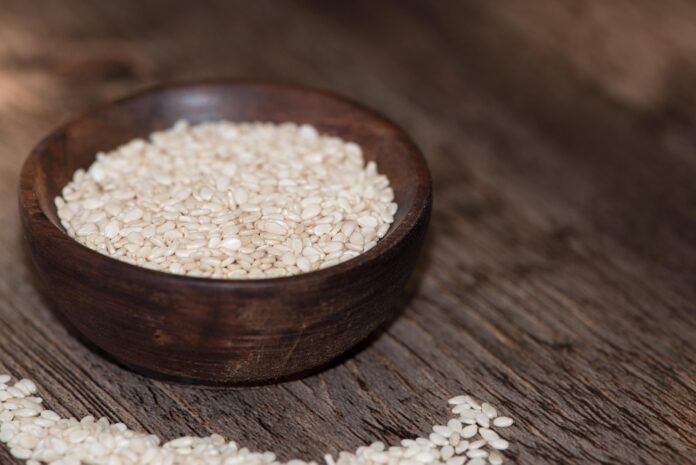Sesame Seeds Tariffs and Trade Agreements: How Global Policies Shape Prices
Sesame seeds are widely used in various cuisines around the world, prized for their nutty flavor and crunchy texture. However, the global trade of sesame seeds is heavily influenced by tariffs and trade agreements that can impact prices and market dynamics. In this report, we will explore how global policies shape the prices of sesame seeds, focusing on key trade agreements and tariffs that affect the industry.
Global Sesame Seeds Market Overview
The global sesame seeds market is a significant player in the agricultural commodities sector, with countries like India, China, and Sudan being major producers. Sesame seeds are used in a variety of products, including cooking oil, tahini, and snacks, making them a versatile commodity with a steady demand.
In recent years, the demand for sesame seeds has been on the rise due to their perceived health benefits and increasing popularity in global cuisines. This has led to an increase in production and trade volumes, with prices fluctuating based on supply and demand dynamics.
Impact of Tariffs on Sesame Seeds Prices
Tariffs play a crucial role in shaping the prices of sesame seeds in the global market. When a country imposes tariffs on sesame seed imports, it can lead to higher prices for consumers due to increased production costs for manufacturers. On the other hand, lower tariffs can result in more competitive pricing and increased trade volumes.
For example, the United States imposed a 10% tariff on sesame seed imports from certain countries, which led to an increase in prices for sesame seed products in the market. This tariff impacted both domestic producers and consumers, as they had to pay more for sesame seed products.
Trade Agreements and Sesame Seeds Market
Trade agreements also play a significant role in shaping the prices of sesame seeds. For instance, the Africa Growth and Opportunity Act (AGOA) allows certain African countries to export sesame seeds to the United States duty-free. This has led to increased trade volumes between these countries, resulting in lower prices for sesame seeds in the US market.
Similarly, trade agreements between India and China have also impacted the global sesame seeds market. Both countries are major producers of sesame seeds, and any changes in their trade agreements can have a significant impact on prices and trade volumes in the market.
Financial Data and Industry Insights
According to industry reports, the global sesame seeds market is estimated to reach $XX billion by 2025, with a compound annual growth rate of XX%. This growth is driven by increasing demand for sesame seeds in the food industry and rising consumer awareness about the health benefits of sesame seeds.
Key players in the global sesame seeds market include companies like McCormick & Company, Olam International, and SunOpta. These companies are actively involved in sourcing, processing, and distributing sesame seeds to various markets around the world, contributing to the growth of the industry.
Conclusion
In conclusion, tariffs and trade agreements play a crucial role in shaping the prices of sesame seeds in the global market. Companies in the industry need to closely monitor changes in global policies to anticipate price fluctuations and adjust their strategies accordingly. As demand for sesame seeds continues to rise, understanding the impact of tariffs and trade agreements will be essential for companies to stay competitive in the market.


